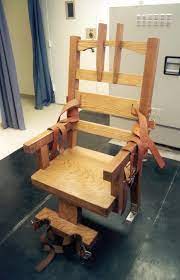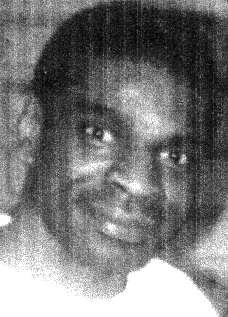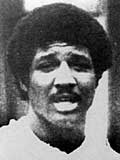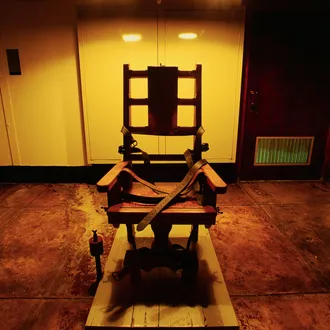Varnall Weeks Executed For Mark Batts Murder
Varnall Weeks was executed by the State of Alabama for the murder of Mark Batts According to court documents Varnall Weeks would rob and murder college student Mark Batts. Weeks would flee the scene and was involved in a shootout with police where an Officer was badly injured Varnall Weeks would be convicted and sentenced…






